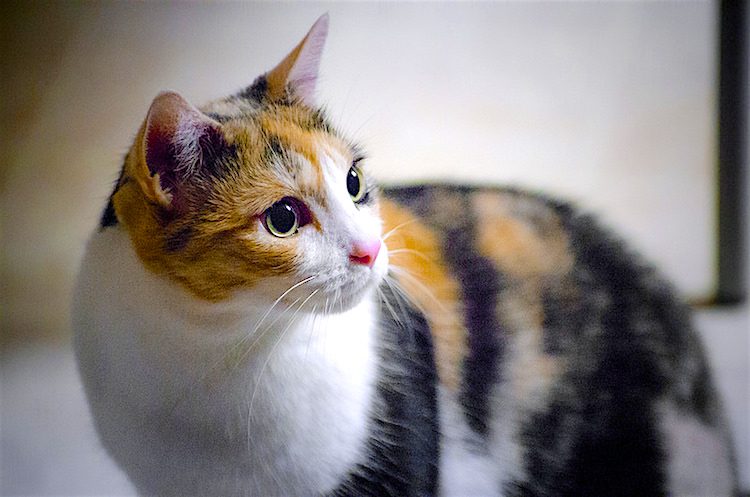I have often come across this question of what is the difference between a stray and a feral calico cats for sale. The answer is not as obvious as the question because most people view the two as the same and differing between a stray and feral is difficult. It is important though to know the difference and what actions you should do if you have one of these cats roaming around your house.
The first and obvious need is to differentiate between the two types of cats. I must back up a bit and note that domestic cats have lived around man for thousands of years, (earliest record is 7500 BC), because farms provided cats with prey. Most farm cats are feral unless the farmer domesticated them by providing food and companionship. This usually began with a litter of feral kittens, (called a kindle), and who can resist those little bundles of fur? So training them to become social with humans is how they became domesticated.
Domestic cats lived near farms and villages that attracted other small mammals and insects that they could hunt. This created the relationship between feline and humans that remain to this day. Therefore, the house cat was at one time feral before fully socialized by man. A stray cat is a socialized domestic cat unfortunately abandoned or it has “strayed” away from its owners.
Feral cats by nature do not directly interact with man but have learned to coexist. Feral cats associate with other feral cats and sometimes they will associate with stray cats but not often. Like their ancestors, the wild cat, they tend to keep with their own and resist outsiders. They survive quite well without our help but can present a problem if your home is in their territory. The feral cat will likely be hostile to you and your pets that will cause problems with your own pet’s behavior.
Most shelters will not try to place an adult feral cat in homes because the feral cat is not tame or domesticated like a stray cat. Some unique folks can deal with them but most are looking for that loving lap cat and an adult feral is not likely to warm your lap. If you access a feral kindle, (litter of kittens), then there is a good chance of domesticating them. Shelters are not a good place for a feral cat unless they have a program in place to trap, neuter/spay, mark and release back. Most shelters are not set up for this and they will destroy the animal instead since they cannot likely place them within the holding period.
Killing feral cats is heartless and most states have laws that protect domestic cats, both stray and feral. Scientist studies show that reducing feral cats in an area does little good because other groups of feral cats, (called a clowder), will take over that territory and continue to populate. The plan of sterilizing and releasing back to their territory is best to control feral cat population.
There are people and organizations that specialize in helping feral cats through the trap and release program. Your veterinarian is likely in contact with local persons who can help you. You can also get more information about feral and stray cats at the Alley Cat Allies, (alleycat.org), a national online organization.
A domestic stray cat is able to rehabilitate and become a member of your family or placed in another home. The feral cat does not fit well with humans and best left alone unless it has become a nuisance. One should contact a local expert to deal with the feral cat.

More Stories
Physiotherapists: The Architects of Movement and Recovery
The Enduring Allure of Gold: A Timeless Symbol of Wealth and Power
De Kracht van Kunst in je Woonruimte